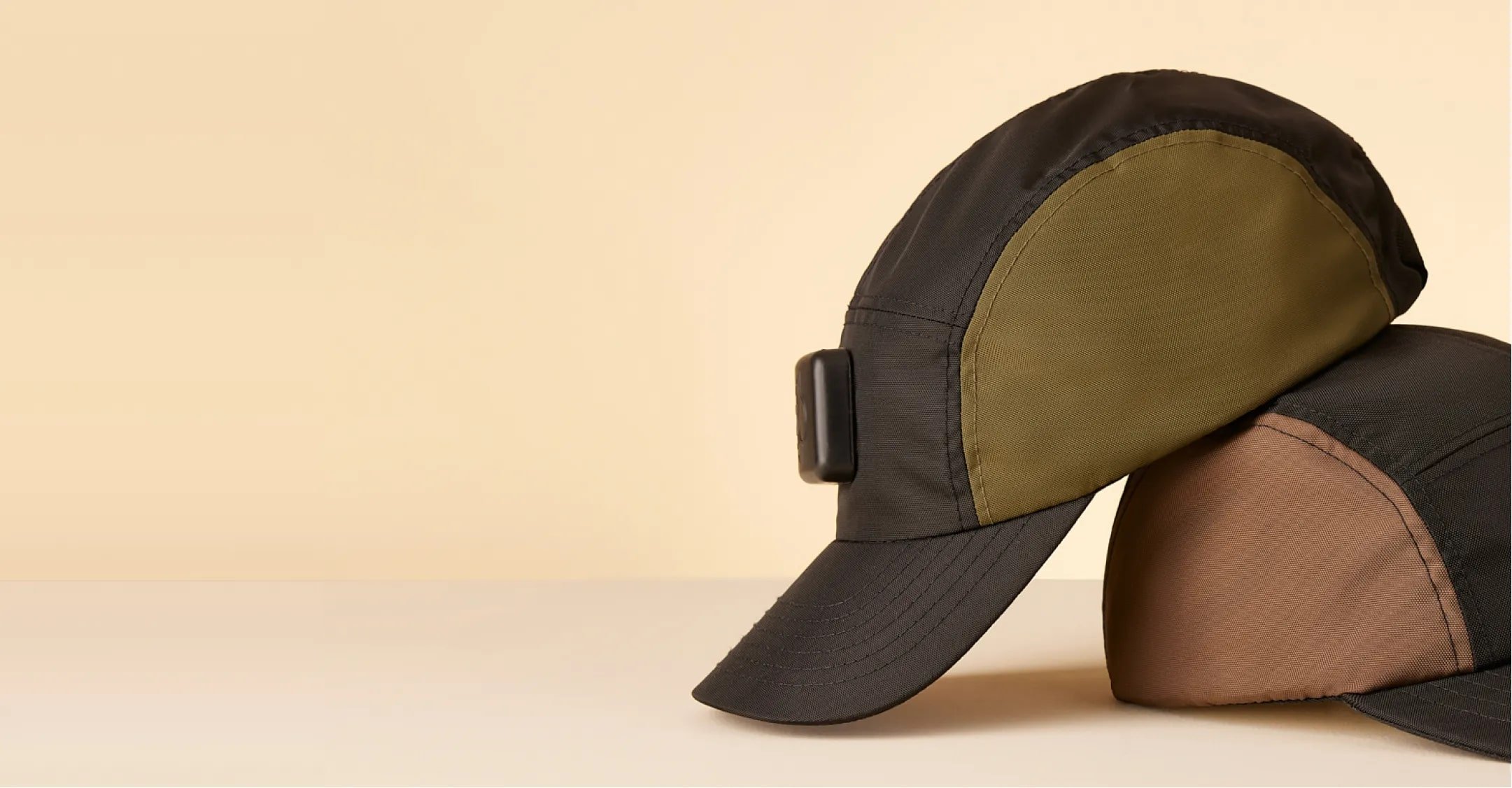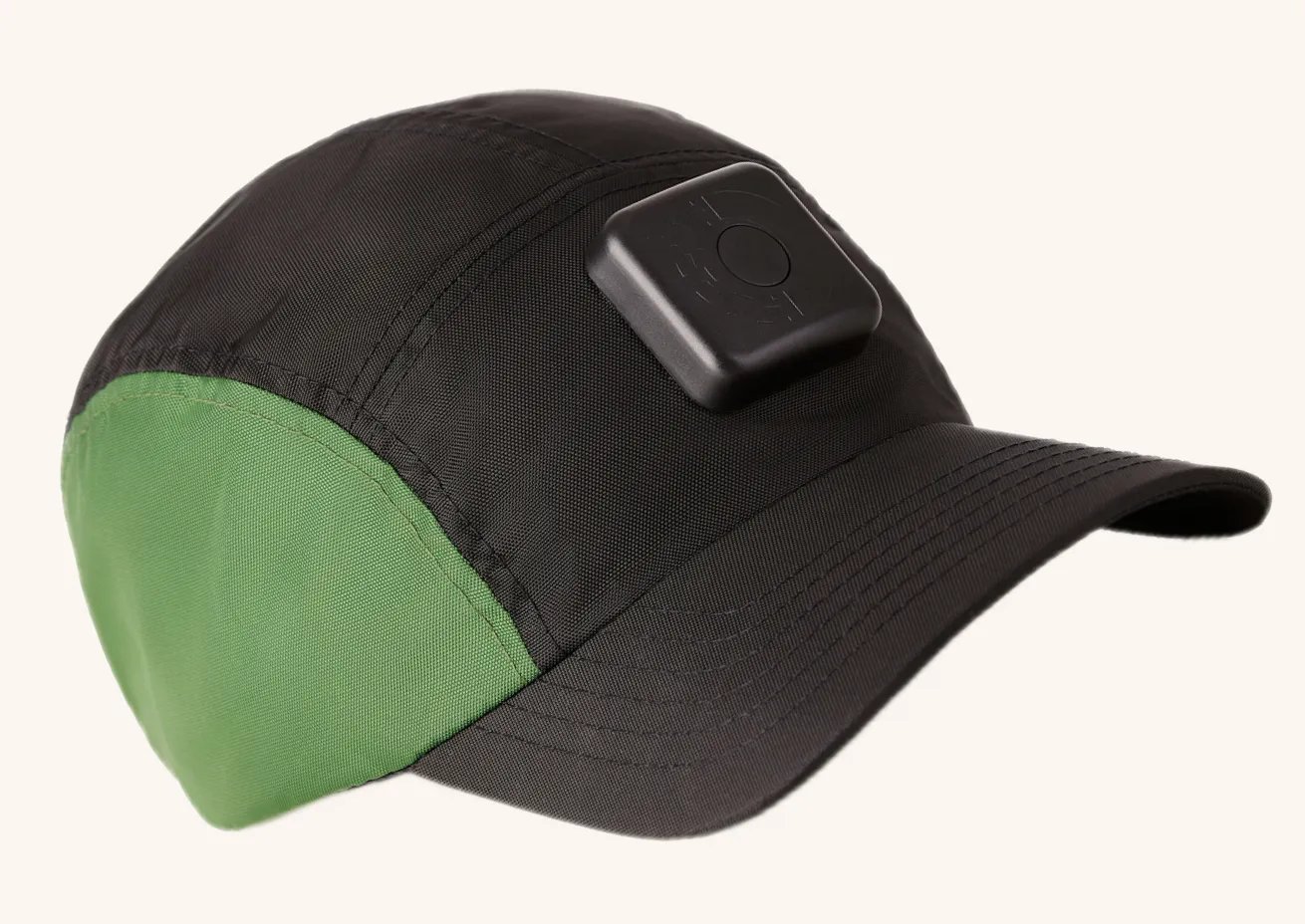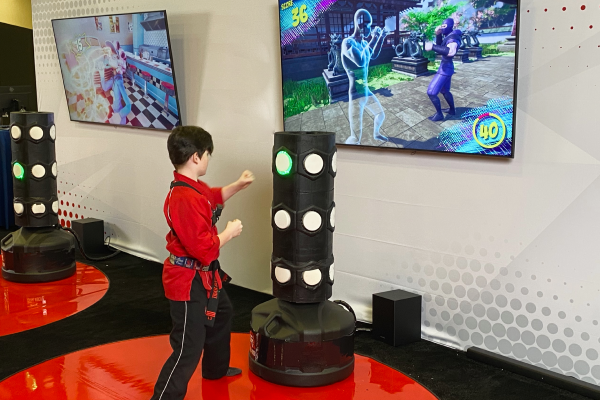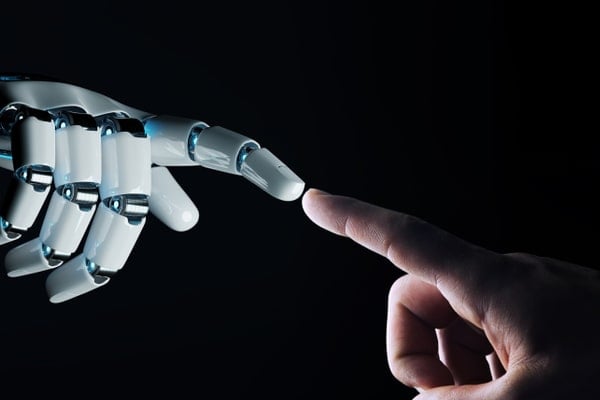Check out our latest blog article: From component to enterprise – modular robotics done right.

Wearable Neuromodulation Device for Meditation
Developing hardware and firmware to prepare a device for mass production

The client is a small family startup founded by a tech-savvy young guy. He created headwear to help his sister relieve chronic headaches.
Case Highlights
- Reducing hardware costs
- Reducing the size of components
- Improving energy efficiency
- Preparing the cap design
Project Information
T&M (time and materials)
Scrum
Schematic Designer
PCB Engineer
Industrial Designer
Project Manager
Mechanical Designer
Graphical Designer
Firmware Developer
Problem
The client was working on a wearable device that would help people meditate and relieve brain stress. The solution generates a low-intensity pulsation magnetic field (PMF) for brain stimulation.
The customer already had a raw sample of the cap and needed help to prepare it for mass production. The device had outdated hardware―it was too big to fit into the headwear and caused fast battery discharge. Also, the component costs were too high.
The customer employed Softeq to revise and improve the initial raw sample. Our team had to upgrade the hardware, reduce its size, and develop firmware for the device.
Solution

Device Composition
The client’s sample solution consisted of three parts:
- Cadet-style cap—contains a coil array of eight flexible printed circuits (FPCs) inside and a control unit outside at the front
- Coil array—sends electromagnetic impulses to the brain lobes
- Control unit—connects, turns on, and charges the device, and controls intensity/timing of meditation
We retained the solution’s frame and upgraded the hardware components to make meditation sessions more comfortable.
Keeping the Device’s Working Mode with the Optimized Hardware
Our engineers helped the client keep their device's unique working logic using more efficient and affordable components.
The solution generates a well-defined milliamp current pulse train that stimulates the brain. The control unit delivers impulses to the coil array which emits a magnetic field. The generated impulses of a certain shape and frequency provide a 25-minute-long session. Currently, one working mode is available.
The distributed set of FPCs covers and affects frontal, temporal, parietal, and occipital brain lobes. The impulses stimulate the brain, reducing stress, and helping the owner relax and meditate. In some cases, the device even helps relieve chronic head pain.
We designed a solution that supports all this functionality but is more compact and less expensive.
Optimizing the Control Unit
The PCB redesign helped reduce the size and cost of the control unit and made it more energy efficient.
The original PCB design contained two microcircuits: one for the control unit, and the second for the Bluetooth module. That design caused two problems: the control unit was too big for the headwear and it drained the battery quickly.
To solve those problems, our hardware engineers revised the client’s PCB design. We proposed using a Bluetooth module with a built-in controller. As a result, the team managed to make the hardware footprint eight times smaller. In addition, the new components cost less and consume less energy than those used initially.
Providing the Cap Design with Hidden Hardware Inside
We managed to hide all the hardware components and necessary notches inside the headwear.
The redesign of the PCB helped us make the device compact. Now, headwear of any size (S–XXL) looks like a common cadet-style cap while being comfortable to wear.
We also helped the customer choose the cap shape, textile, and materials so that they could order it with any third-party manufacturer.
Improving the User Experience with Mobile Apps
We designed a multiplatform mobile application with various functional capabilities: one for users and another for administrators.
- User application. Allows the user to interact with the hardware. Users can check the device’s status, fill out surveys, monitor battery levels, and set up the device parameters. The app supports OTA firmware updates.
- Admin application. Provides advanced customization options. Administrators can adjust the duration of individual impulses and create various combinations. This enables them to design unique impulse combinations for new meditation session modes.
Similar Project Idea?
Explore how you can leverage custom firmware development to integrate your devices into a cohesive IoT system Learn more
Result
The device is ready for large-scale production.
Softeq assisted the client in converting their initial raw prototype into a market-ready commercial device. It has now progressed to the large-scale production phase.
We enhanced the solution’s design to make it more ergonomic and efficient. As a result, it became more cost-effective. The cost of the component base is four times cheaper and the PCB’s footprint is eight times smaller.
 Source: www.fluxwear.com
Source: www.fluxwear.com
We reduced the size of the hardware. The solution looks like a standard baseball cap and is sold through fluxwear.com.





